Planets Earth
Now Open
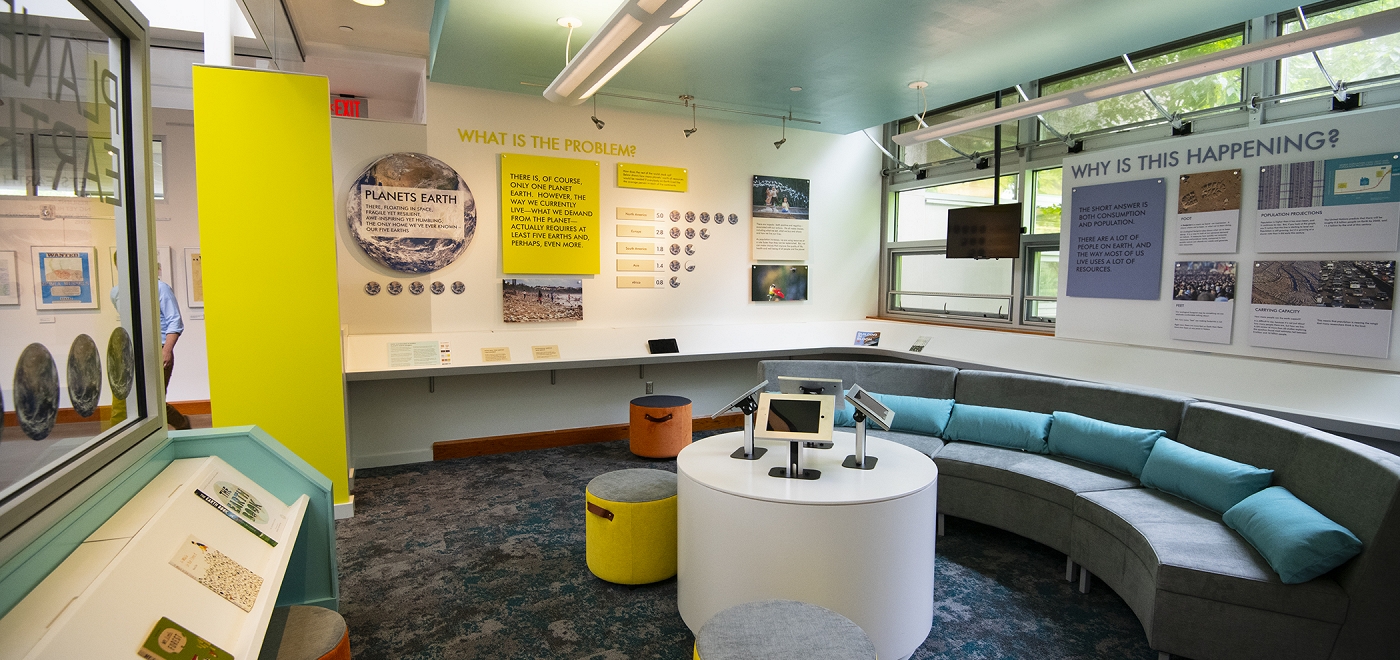
A dynamic exhibit at the Center for Sustainable Landscapes addresses the pressing environmental issues of our time and proposes a new way of thinking about how to solve them.
A new exhibit in the Center for Sustainable Landscapes, "Planets Earth" takes you inside the problem of resource use as a central catalyst for climate change and other environmental issues, identifies the ways of thinking that drive conventional decision making today, and forges a courageous new path toward changing the way we interact with the world — from large-scale infrastructural change to actions guests can take in their own lives. Phipps' collaboration with Springboard Design and Carpenter Connection ensured that "Planets Earth" maximizes its own sustainability. The exhibit is built from materials including formadehyde-free FSC-certified hardwood and Mohawk Lichen carpet — the first floor covering to earn a Living Product Challenge Petal Certification.
WHAT IS THE PROBLEM?
There is, of course, only one planet earth. However, the way we currently live — what we demand from the planet — actually requires at least five earths and, perhaps, even more. How does the rest of the world stack up? Below shows how many planets' worth of resources would be needed if everybody on Earth lived like the average person in each of the continents.





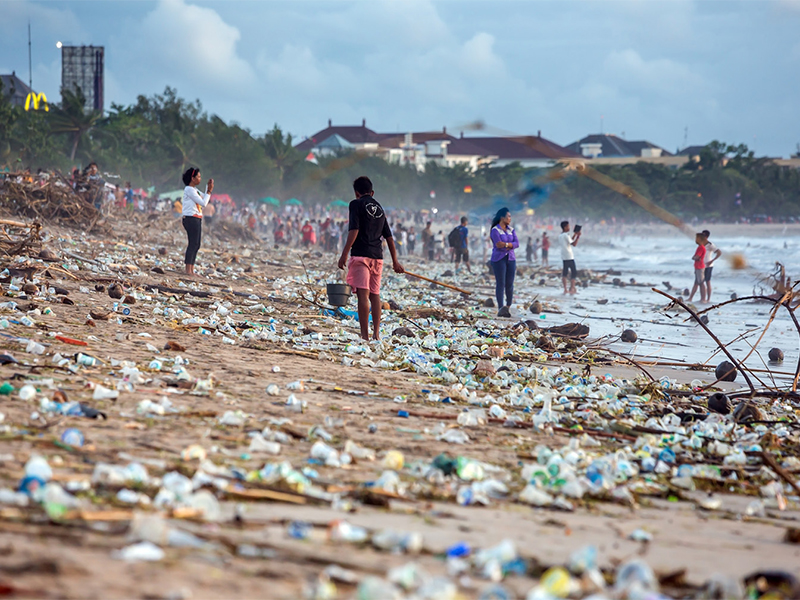
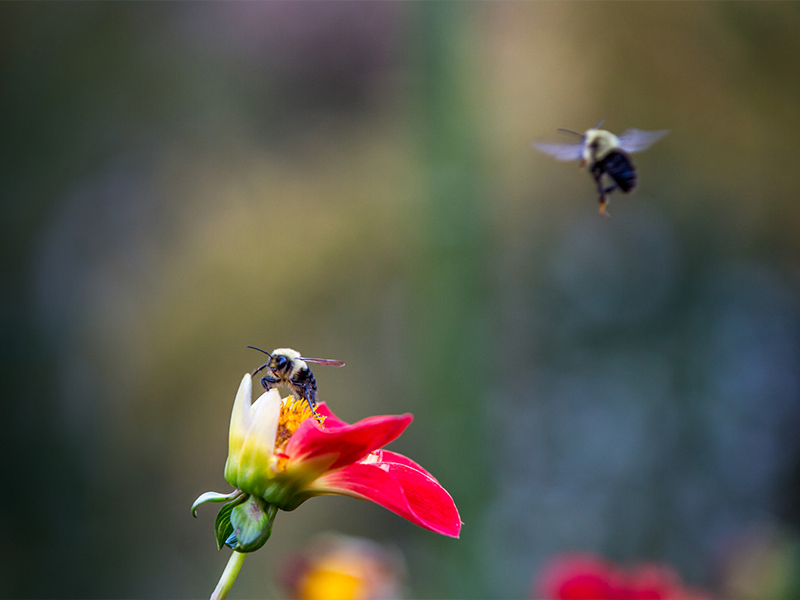

There are impacts—both positive and negative—associated with our actions. We all make choices, including what we eat, what we buy and where and how we live our lives. As population increases, we are using resources at a rate faster than they can be replenished. But, we can make choices that improve the quality of life, health and well-being of all people and the planet.
Ecological Surplus and Deficit
If demand exceeds supply, then the region runs an ecological deficit, which means that we're using more than can be replenished. If supply exceeds demand, then the region runs an ecological surplus. According to these analyses, the United States' demand requires a supply of 4.97 Earths.
How Was "Five Earths" Calculated?
This figure is based on the United States' Ecological Footprint, as calculated by the Global Footprint Network, a non-profit research organization. It is a metric that measures the supply and demand of nature by comparing ecological assets like forests and fishing grounds (supply) and what a population requires to produce the resources it consumes and to absorb waste, including carbon emissions (demand).
Learn More
Learn more about the ecological footprint of the earth from these resources:
- Ecological Footprint | Global Footprint Network
- Ecological Footprint Data | Global Footprint Network
WHY IS THIS HAPPENING?
The short answer is both consumption and population. There are a lot of people on earth, and the way most of us live uses a lot of resources.
Foot
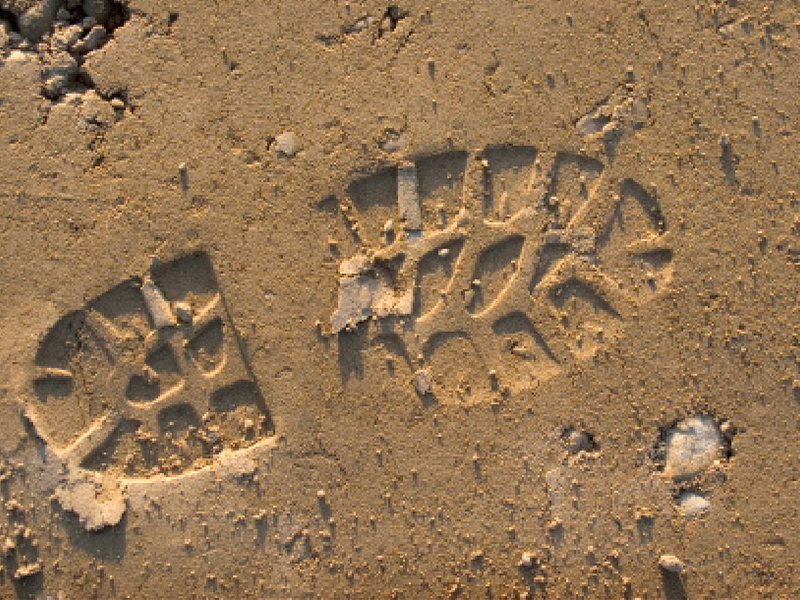
A footprint is a mark we leave - an impression. It shows where we've been, or what we've been doing. An ecological footprint also shows what we've been doing. It is a way to look at our personal demand on nature. It measures how quickly we consume resources and produce waste, compared to how quickly nature can absorb our waste and generate new resources.
Feet
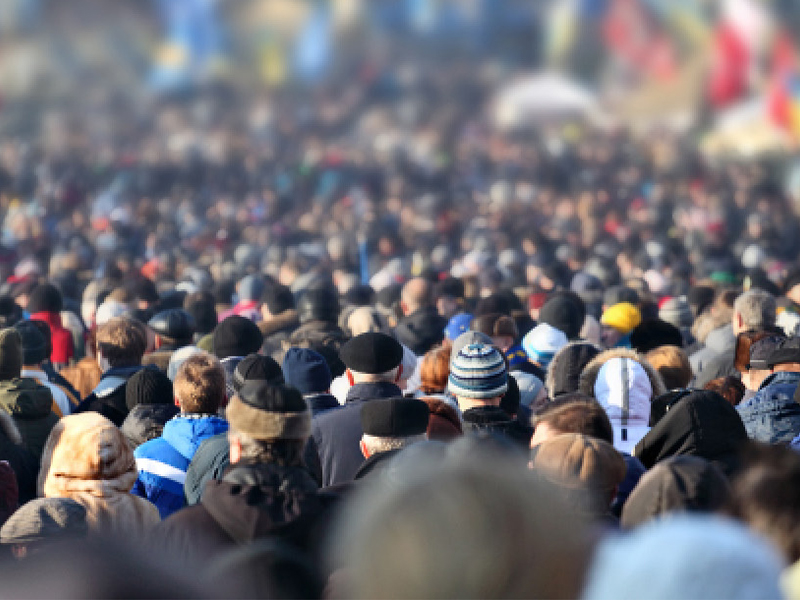
Our ecological footprint may be something we are relatively comfortable talking about. But, how many "feet" are making footprints is not. Right now, there are more feet on Earth than there have ever been at any point in history.
Population Projections
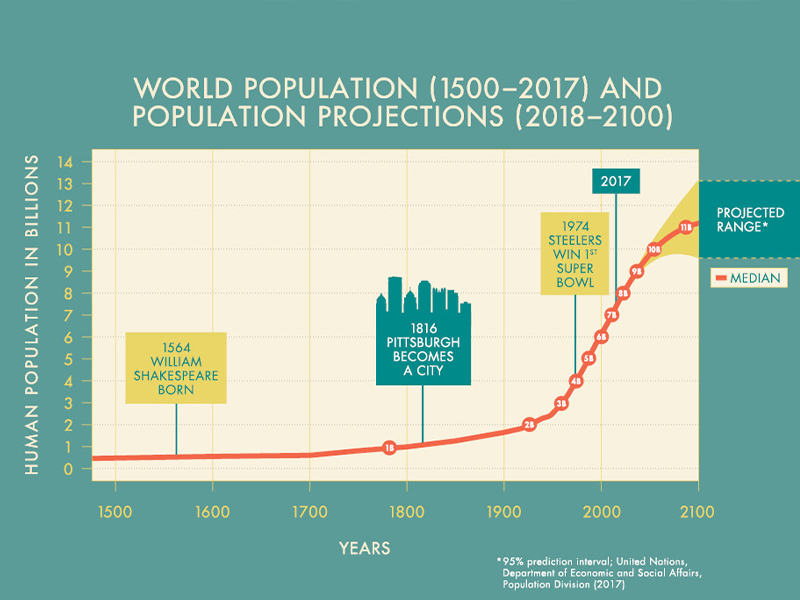
Populations is higher than it has ever been, and it continues to rise. But, if you look at the graph, you'll notice that the line is starting to level out. Population is stil growing, but it is growing at a slower rate than it did early this century. The United Nations predicts that there will be roughly 9.8 billion people on Earth by 2050, and 11.2 billion by the end of this century.
Carrying Capacity
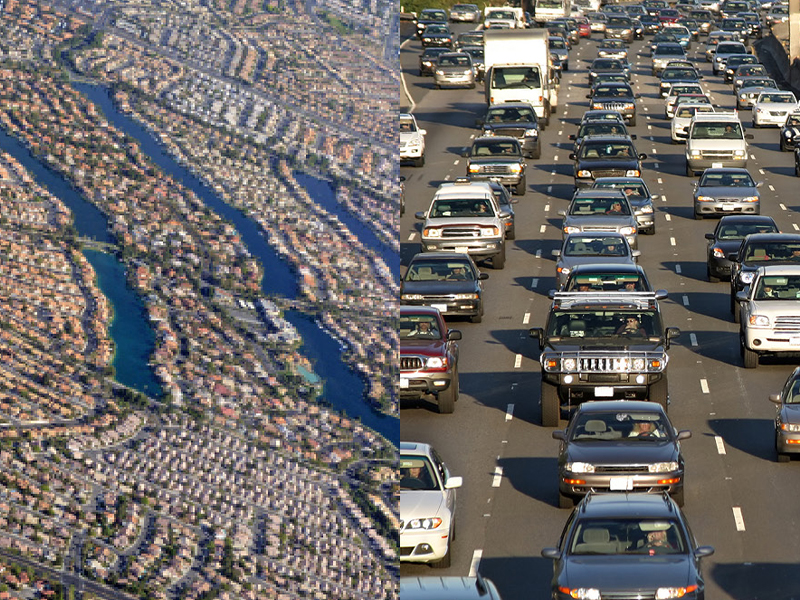
How many poeple can the earth support? It is difficult to say, because it's not just about how many people there are, but how we live. A UN review of more than 60 studies exploring this question found most estimates fall between 8 billion and 16 billion people. This means that population is nearing the range that many researchers think is the limit.
Learn More
Learn more about ecological footprints and climate change:
- Find Out Your Ecological Footprint | Global Footprint Network
- Investigate What's Really Warming Our Planet | Bloomberg Business Network
WHAT WILL WE DO ABOUT IT?
Clearly, five planets is not possible. What is possible is taking actions that improve the health and well-being of all living systems, which include us and the planet. By improving people's quality of life, we can actually solve the problems of foot and feet. We have the capacity and ability; what we need is the will.
Piece of the Pie

The Earth has limited resources, and there are more of us than ever vying for them. Mathematician Joel E. Cohen has suggested to think of the Earth and all of its resources as a pie, and there's not enough to go around. There are three ways to reconcile this problem. No single option is the solution, but a mix of all three will be necessary.
Fewer Forks
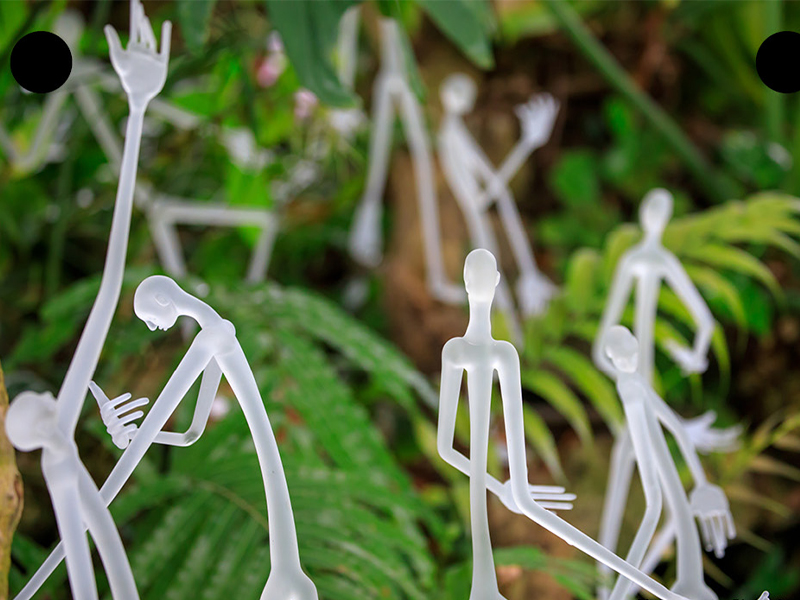
World population is growing at an unsustainable rate. Stabilizing this growth would make it more likely that everybody would get a piece of the pie as there would be fewer people dividing it.
Bigger Pie
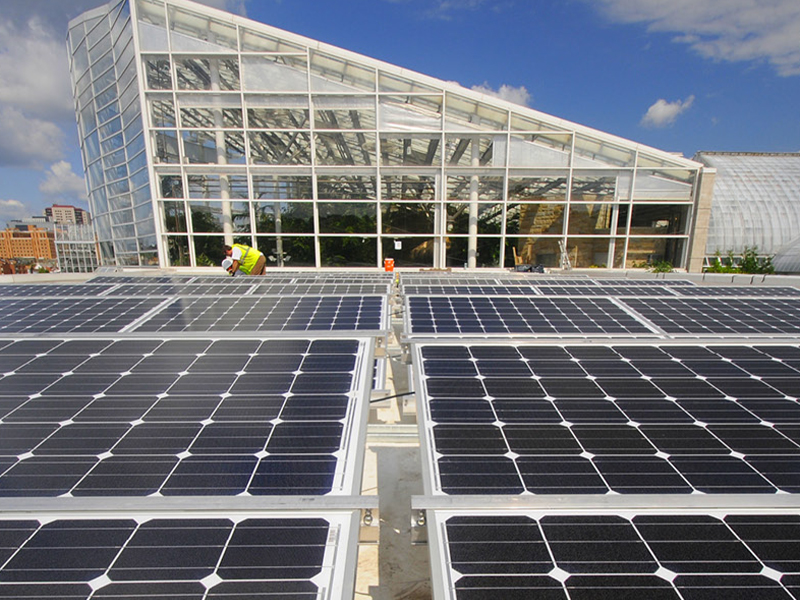
We can't make more Earths, but solutions like being more efficient make the pie go further. For example, the Center for Sustainable Landscapes (CSL) at Phipps, pictured here, is powered by the sun - an infinite resource - eliminating the need for fossil fuels, which are finite resources.
Better Manners
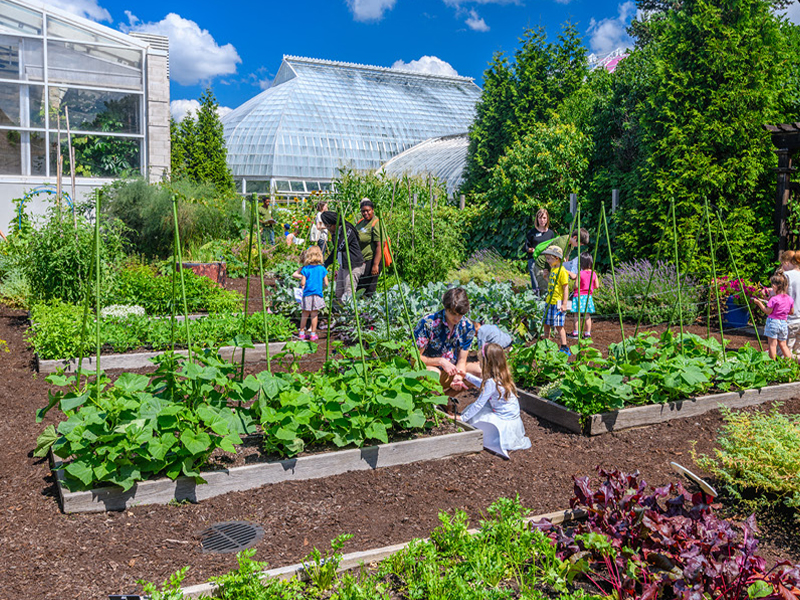
In this approach, people understand that their actions have impacts and therefore act in ways that ensure we remain within the planetary limits, allowing everybody to get their fair share of the pie.
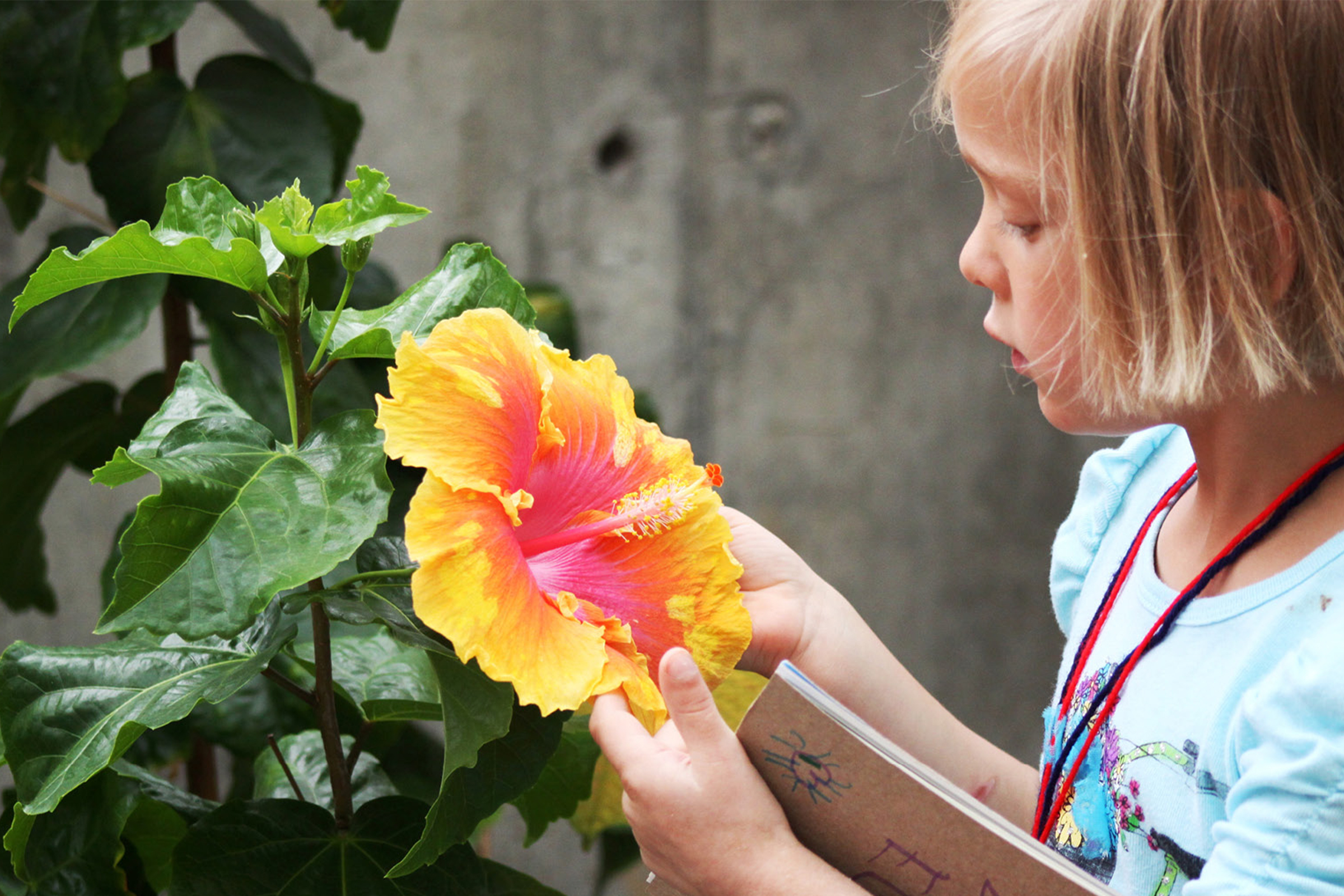
WAYS TO INTERACT WITH THE WORLD
As Defined by Writer and Educator Carol Sanford
These are big challenges we face, and as humans we tend to address symptoms rather than the root causes of problems. But when we grasp the big picture and the interconnectivity of living systems, we appreciate our part within these systems, and that is when we can make real and meaningful change. Writer and educator Carol Sanford describes four models for interacting with the world which you can view below:
Extractive
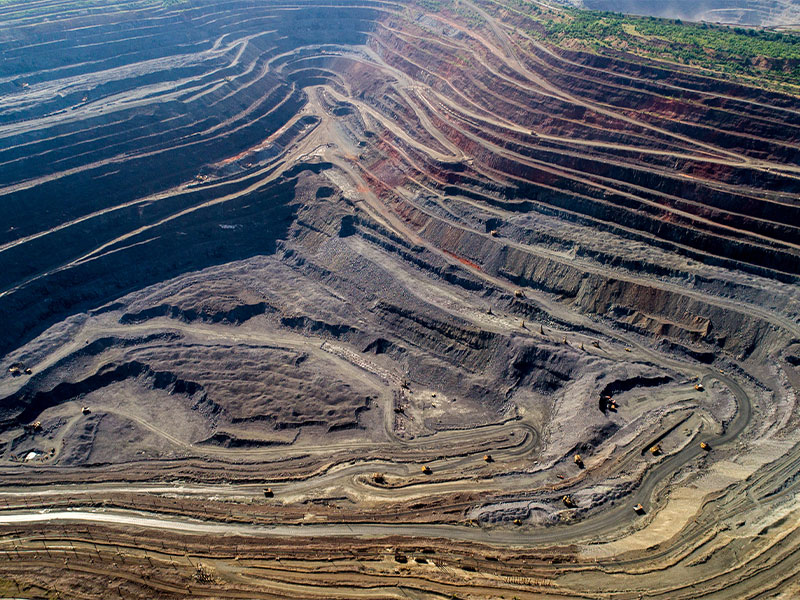
The extractive model is all about "me." The world is seen as pieces that are there for the taking, and the individual doesn't care who or what they hurt ot get what they want. This is the model of colonialism.
Less Bad

The less bad model sees a shift in thinking from "me" to "us." The world is seen as pieces, but ones that are connected. Doing less bad could be thought of as drinking all your water out of disposable plastic bottles, but recycling them.
Do Good

The do good model sees the world as connected pieces and tries to improve them. Some of the early building certifications followed this model, where a project would be rewarded points for using less electricity, even if it is produced by a coal-fired power plant.
Regenerative
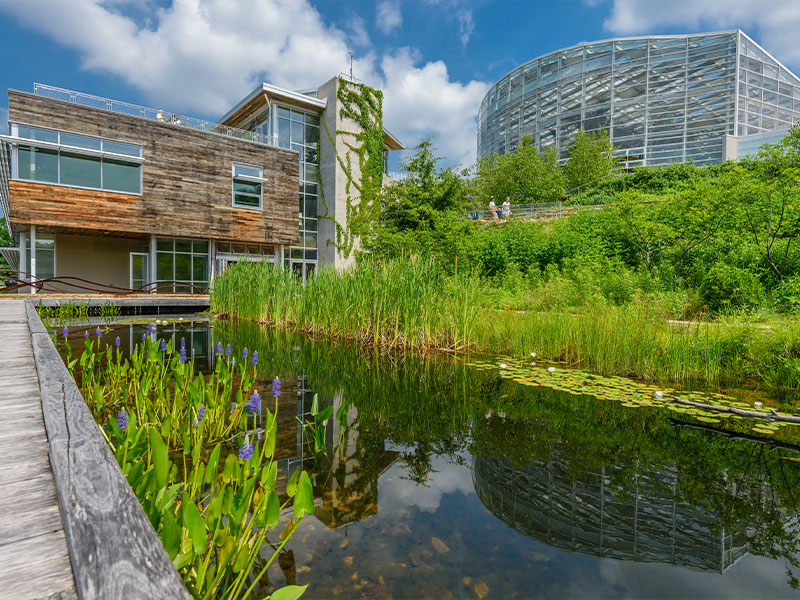
The regenerative model sees the world not as pieces but as a whole where everything is interconnected and anything we do affects everything else. We need to adopt this model for the long-term health of ourselves and the planet. The Center for Sustainable Landscapes (CSL) at Phipps was created through regenerative design: it is powered by the sun, treats and reuses water, is pollution-free, provides habitat for native species, and restores ecosystem services.
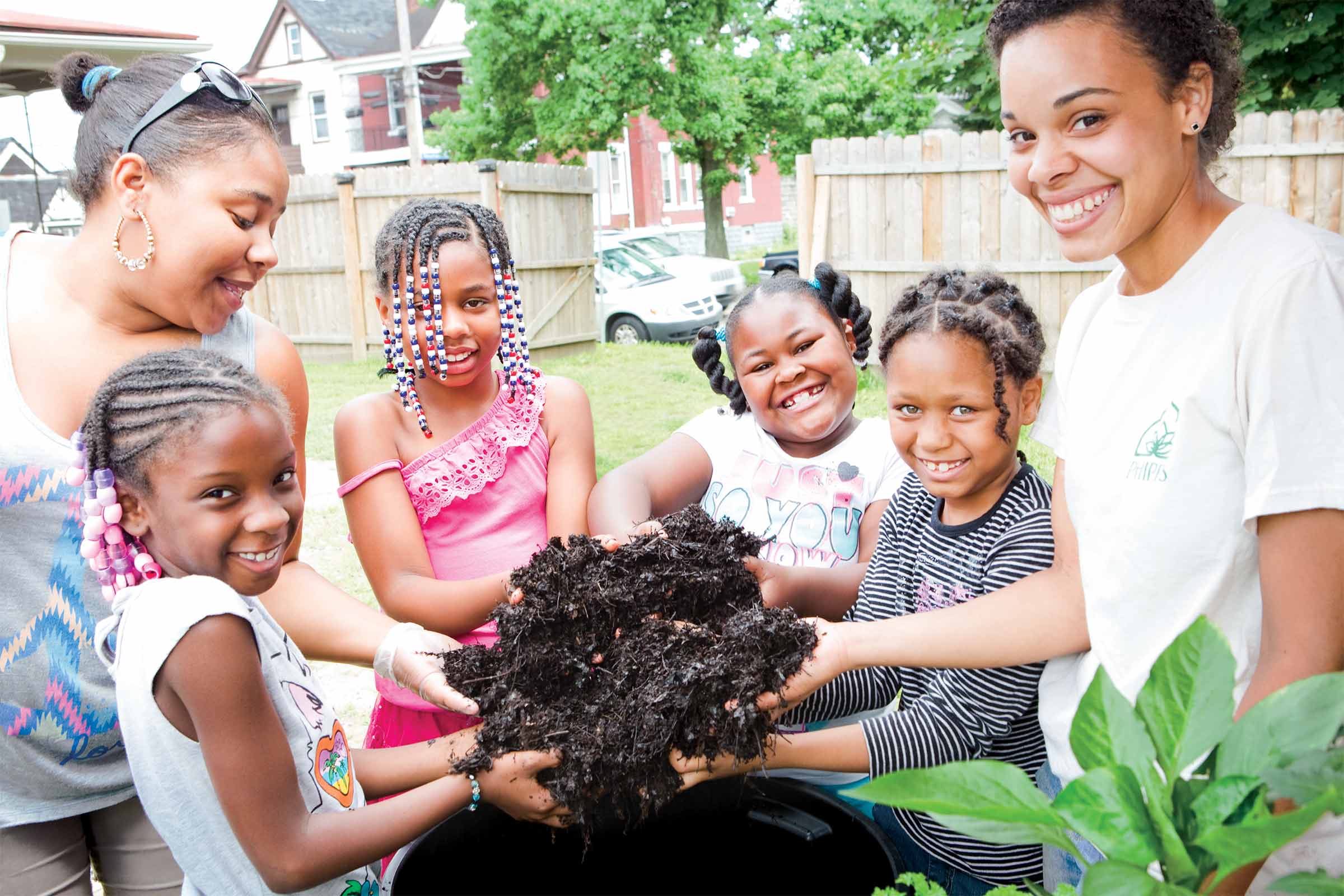
How Do We Do This?
Looking at the big picture, we are striving to improve the vitality of all living systems. By doing that, by promoting equality, we can actually address the problems of "foot" and "feet."
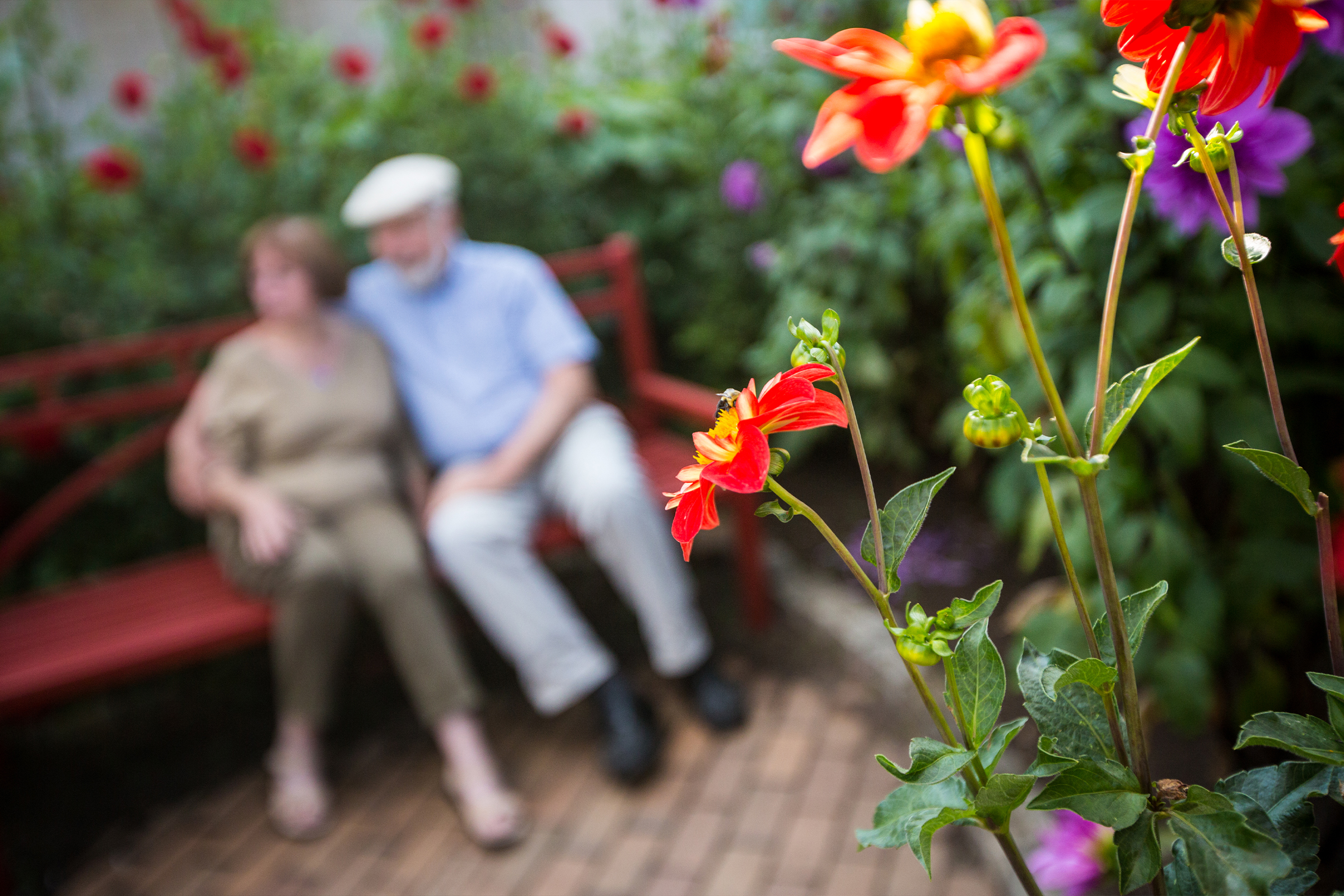
Rethinking Our Consumption Can Improve Our Lives and Reduce Our Footprint
Our choices matter, and we can choose to change the ideal from "more" to "better." Advertising instills in us that our value lies in how much "stuff" we have. But we can discover what is truly important and meaningful to us, which may-or may not-have anything to do with acquiring objects. When we do buy things, we can invest in higher-quality, longer-lasting products from companies with clean production processes. A simple action might be to pay attention to the amount of single-use plastic we consume, and using alternatives when possible. More than 9 billion tons of plastic have been produced in the past 60 years and, if our current usage trends continue, by 2050 the oceans will have more plastic (by weight) than fish. And you need not go it alone. As citizens and voters, we can insist on our elected officials advancing policies that recognize and meaningfully address the issues raised here both at home and abroad. When we strive to make a difference individually and collectively-when we have the will-there is little that we as humans can't accomplish.
Learn More
Learn more about how to make an impact:
- State of World Population | United Nations Population Fund
- Shrink Your Footprint, but Grow Your Handprint | Handprinter
SEVEN FIRST PRINCIPLES OF REGENERATIVE THINKING
As Defined by Writer and Educator Carol Sanford
We all can-and should-take short-term actions to address the "five planets problem." But, ultimately, addressing the core issues by adopting a regenerative way of interacting with the world is the best long-term solution for our health and the health of the planet. Understanding living systems and how they work is key to regenerative thinking. It is, after all, how nature works. These seven principles can help inform that thinking process.
ESSENCE
Each and every person, each and every entity is one-of-a-kind with unique qualities, experiences and values. Recognizing your own essence-and that of others-can allow for singular, unique contributions to each other and the world.
WHOLES
From food chains to financial markets, nothing works in isolation. Addressing wholes involves looking at the big picture rather than the individual, fragmented parts. And, since each of us is part of the larger wholes of our community, our region, and our world, it benefits each of us to recognize them.
NESTEDNESS
We are nested within greater and lesser systems, each playing a key role in the success of the whole. Cells make organs that make people, people make families that make communities, and so on. Recognizing how we are part of systems can help us acknowledge our impact on the whole.
POTENTIAL
Potential is about thinking big and imagining what could be. Rather than focusing on existing problems and trying to solve them, embracing potential allows us to shift our perspective and reimagine what it is we really want to achieve.
RECIPROCITY
When you think about wholes rather than parts, it becomes clear that everything is connected. Within and among these connections are give-and-take relationships, such as bees and flowers exchanging nectar and pollen. They are reciprocal-meaning they benefit both sides-and because we are part of these interactions, helping each other actually helps us.
NODAL
Practitioners of acupuncture maintain that small interventions at specific points-or nodes-lead to significant impact throughout the entire body. If you can identify the correct point, whether it be in the human body, a business or an ecosystem, a small shift or action can lead to big changes overall.
DEVELOPMENT
No system is static; from fashion to technology to animal adoptions, change is constant. Continual development, then, is an integral part of any system, as is developing the very capacity to grow and evolve. We can develop our own capacities, as well as work in service to others to build their own.
Learn More
Learn more about climate solutions:
- Climate Solutions | Drawdown
- Learn Basic Global Facts | Gapminder
- How Age Structure Can Benefit Development | 4 Dividends
Select photos © Cory Doman, Paul g. Wiegman


